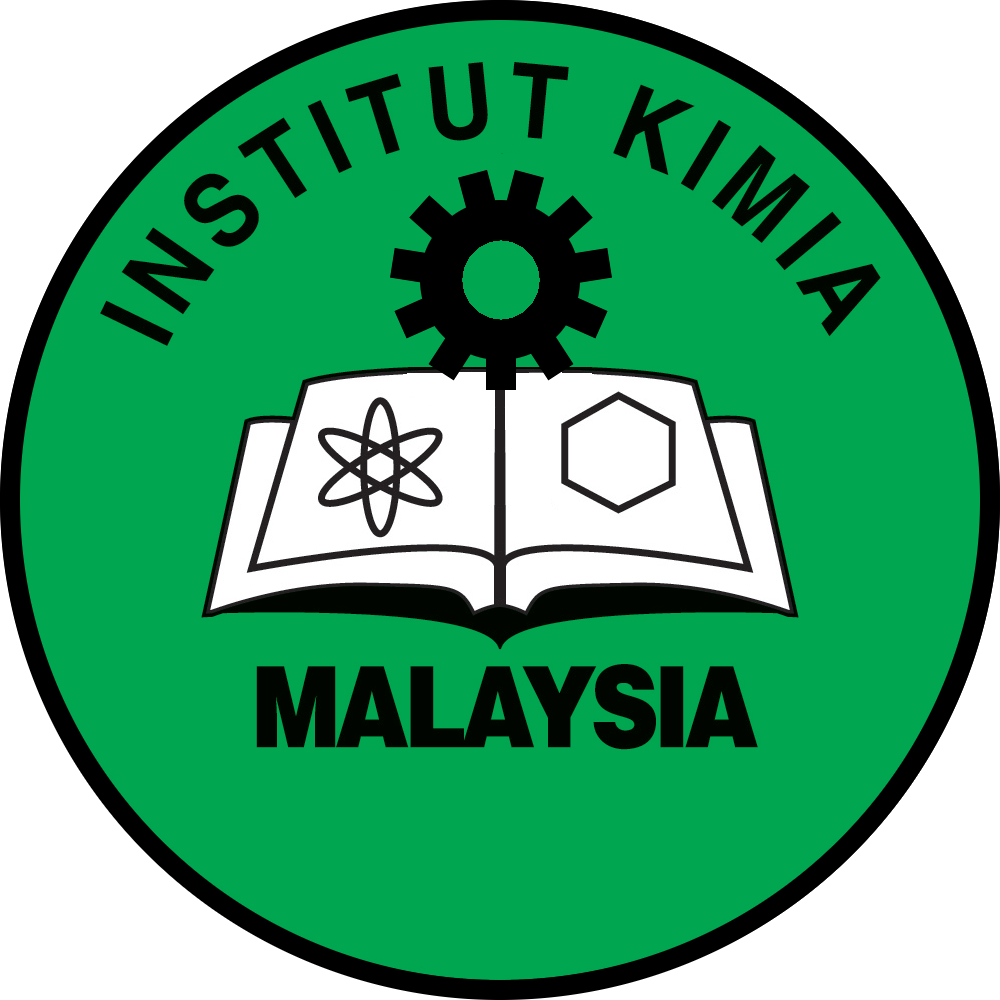Comparative Analysis of In Vitro Photo-Protective Effects on Clitoria ternatea Ethanolic Extract
DOI: https://doi.org/10.55373/mjchem.v26i2.78
Keywords: Ultrasonicated-assisted extraction; enzyme-assisted extraction; conventional, non-conventional
Abstract
In this study, Clitoria ternatea flowers (CT) underwent four distinct ethanolic extraction procedures: maceration, soxhlet, ultrasonication-assisted extraction (UAE), and enzyme-assisted extraction (EAE). Analysis of the extracts centred on their yield percentage, sun protective factor (SPF), total phenolic content (TPC), and total flavonoid content (TFC). A comparison of the four extraction techniques revealed a significantly greater amount of CT extract in terms of yield (UAE: 15.40 ± 0.04 %; EAE: 11.97 ± 0.03 %), TPC (UAE: 35.53 ± 0.08 GAE µg/ml; EAE: 35.77 ± 0.73 GAE µg/ml), and TFC (UAE: 118.67 ± 0.78 QE µg/ml; EAE: 21.44 ± 0.02 QE µg/ml) when utilizing the non-conventional methods of UAE and EAE, as opposed to the conventional methods of Soxhlet and maceration. FTIR spectroscopy analysis confirmed the presence of phenolic compounds and flavonoids in all samples. These findings indicate that while UAE resulted in a higher content of flavonoids, EAE was more efficient in extracting phenolic compounds. Based on these results, UAE and EAE serve as potential eco-friendly, highly efficient and preferable 'green' or non-conventional extraction methodologies for obtaining sun-protective phytochemicals from CT.
